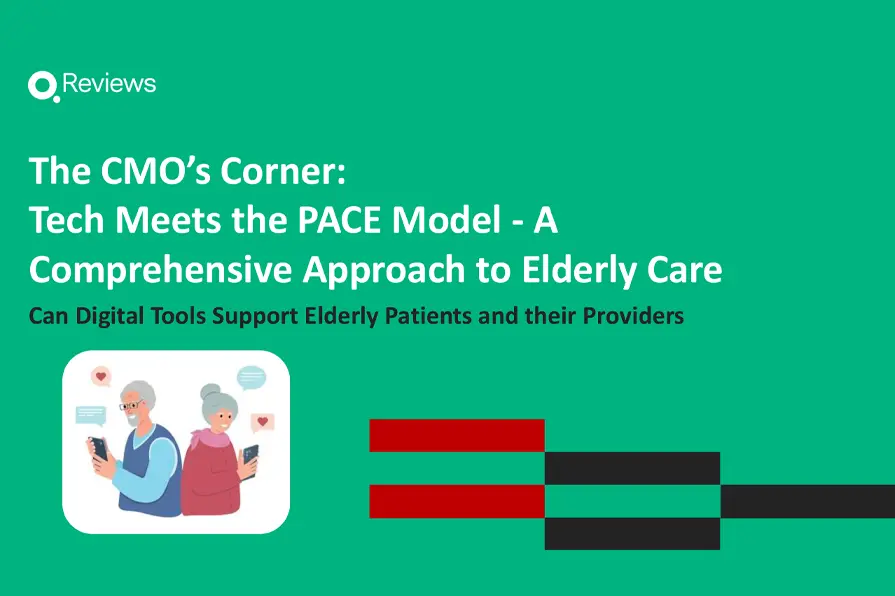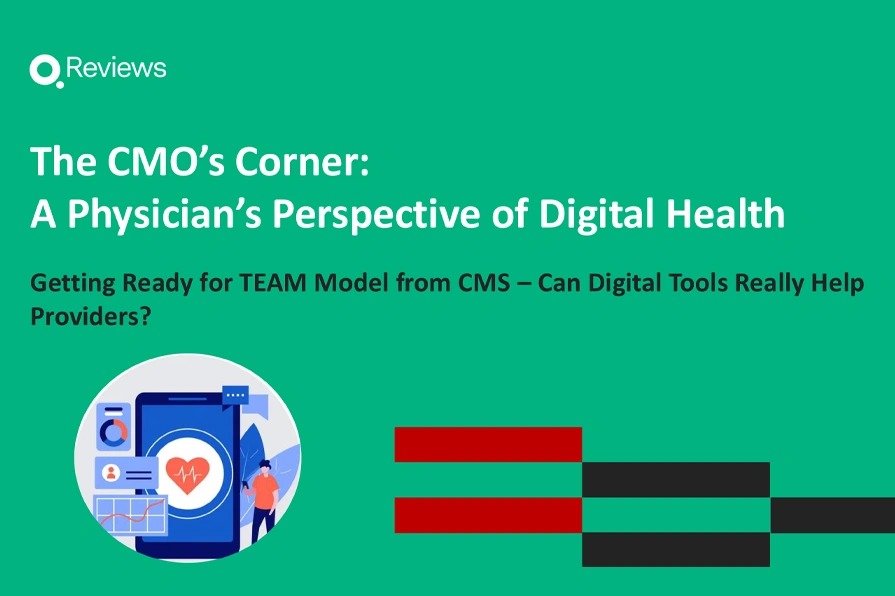
5 Key Pillars of Digital Patient Engagement — & How They Improve Access to Care

The concept of digital patient engagement in healthcare isn’t anything new — EMRs, for example, have been around for decades at this point. In recent years, however, health system digital engagement has become increasingly essential across the entire care continuum. With smartphone usage now almost universal, more patients than ever are using their phones to search for providers, attend appointments, and follow up with their care team.
A lack of digital patient engagement in healthcare systems can have severe implications. In fact, 41% of patients say they would leave their healthcare provider over a poor digital experience. Even if they don’t leave your practice, however, they can easily become disengaged, leading to an increase in missed and canceled appointments and worse health outcomes.
Proper health system digital engagement, on the other hand, helps:
- Improve patient access
- Deliver more personalized care
- Address social determinants of health & other health equity barriers
- Drive patient acquisition & retention
- Improve clinical and performance outcomes in value-based care
- Optimize operations
- Reduce cost of care, readmissions, and ED visits
But what exactly does health system digital engagement involve, and how can it improve your bottom line? Read on to learn about the five key pillars of digital patient engagement for healthcare systems. For detailed recommendations on how you can implement or improve your digital health strategy to engage patients across the care continuum, where, when, and how they want to support and care, check out our latest E-Book.
The 5 Pillars of Digital patient Engagement for Healthcare Systems
1. Educating & Informing Patients
While skilled and knowledgeable providers are of course a key component of excellent care, their expertise alone is not enough to drive positive longitudinal health outcomes. On the other side of the coin, patients must possess the knowledge required to manage their health.
Without a clear understanding of their health conditions and how to treat them, patients will often seek out information independently, which carries a high risk of being incorrect or incomplete. Other times, they’ll ignore them altogether, increasing the likelihood of future adverse events.
Health systems looking to improve patient understanding and compliance across the care continuum can leverage digital tools like:
- Chatbots to answer FAQs
- Automated instructions sent via SMS text message regarding discharge, follow-up, pre-procedure, and pre-visit instructions
- Omnichannel communication that routes patients back to their portal
- Resource centers containing educational videos, documents, infographics, etc.
Solutions like these, delivered through patients’ preferred communication channel(s), result in a more seamless experience, improved health literacy, quicker and safer recoveries, and critically, an increased ability to take their well-being into their own hands.
Patients who are educated like this before arrival are more prepared for their appointment, meaning they’re less likely to cancel, not show up, or require re-education from staff that delays start times. Health systems see lower no-show rates, same-day cancellations, and better on-time starts. Organizations can also see higher rates of post-care compliance, better health outcomes, improved PQRS and HEDIS performance, and reduced readmissions.
2. Timely Care
Anyone in healthcare knows that high-quality care is only as good as when delivered. Preventive measures can only lead to meaningful gains if implemented before an adverse health event, while those during an adverse health event need immediate attention.
Healthcare systems have more control over when care is delivered during in-office visits or inpatient stays, but once a patient leaves the site of care, the communication gap between patient and provider grows — increasing the risk of complications once a patient is at home. 80-90% of adverse events happen within 72 hours of leaving a site of care, making it imperative for hospitals, ACOs, and MA plans to identify risk factors and rising risk, and quickly intervene before a patient gets worse.
Digital patient engagement tools allow healthcare systems to meet patients’ needs and requests like this on-demand, even once they’re at home. Some of these tools might include:
- Online scheduling for quicker, easier appointment booking
- Symptom checkers that can signal when a patient may require urgent care
- Telehealth platforms for education and check-ins
- Automated notifications for test results and instructions to inform the next steps of care
- Remote patient monitoring devices
Opting for tools like these allows healthcare organizations to identify at-risk patients earlier on, improve health outcomes and patient satisfaction across the care continuum, and use clinical resources more efficiently.
3. Continuous Communication
For patients with chronic conditions, care is rarely a one-off occasion — rather, it’s a lifelong process. And that requires regular outreach on a long-term basis. Unfortunately, the communication loop between patients and clinicians often begins to close post-discharge and only shrinks over time. And with practitioners already strapped as it is, digital solutions become essential to offer ongoing communication and care at scale.
Some of these might include:
- Automated patient appointment reminders
- Customized outreach flows for at-risk and vulnerable patient populations
- Caregiver engagement platforms
- Community health resource databases
- SDoH screening tools
The healthcare systems that implement these solutions will see a return on investment in the form
of reduced readmissions and hospitalizations as well as improved patient compliance,
satisfaction, and overall health outcomes.
4. Efficient Patient Throughput
Inefficient patient flow is a common complaint among patients and providers alike. For patients, it means increased wait and response times, while practitioners are often burdened with redundant, manual processes and the pressure to move from one patient to another as quickly as possible — even if it means they can’t provide care as well as they would like to. And with both physician and nurse burnout at record highs, health systems can’t afford to put off operational improvements.
Digital health solutions that can help address these challenges include:
- Online scheduling and bill-paying solutions
- Form completion before visit
- Task prioritization and alert software
- Automated wait time and status updates
With inefficiencies identified and overcome, employees can spend less time on administrative tasks and more time on what they care about interacting directly with patients. And when patients can move through the system quickly and efficiently, they have a better overall experience — which leads us to our final pillar.
5. A Patient-Centered Experience
With an improved patient experience comes increased patient satisfaction scores, improved
customer acquisition and retention, more fulfilled staff, and better health outcomes — all of
which contributes to increased revenue.
The best way to improve patient experience? Real-time patient feedback. Finding a patient engagement platform that allows you to gather and monitor patient feedback, as well as escalate urgent concerns, can help you deliver the best care possible across the care continuum.
Learn How to Implement Your Own Digital Patient Engagement Strategy
You’ve learned about the key pillars of digital patient engagement — but how exactly can you
implement your digital patient engagement strategy? Learn more about the different stages
of digital patient engagement and how to put them into practice at your organization in our
eBook below.









